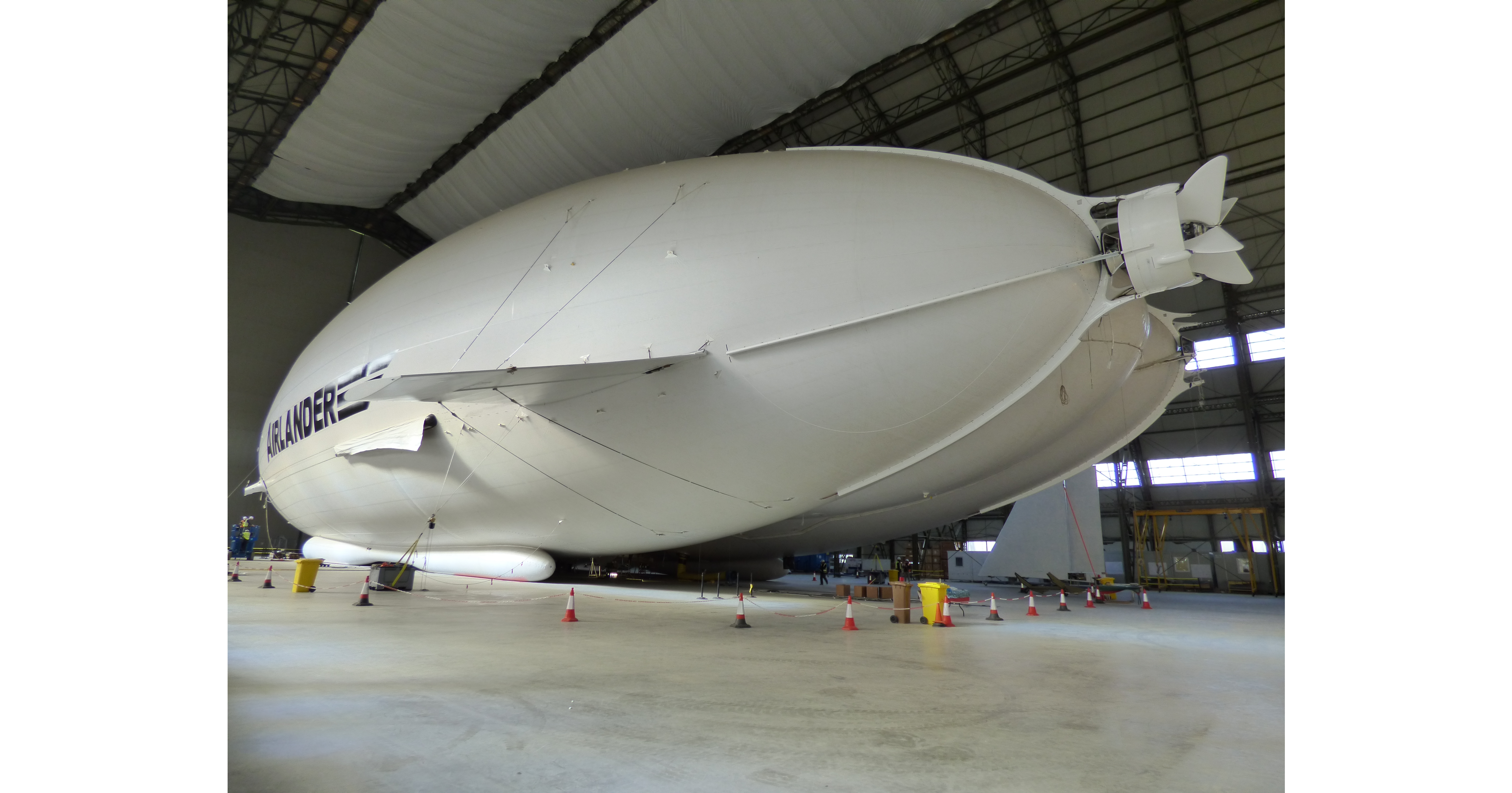The British company is looking to revolutionise the future of air travel
Hybrid Air Vehicles is a Bedfordshire based company behind the Airlander 10 airship. The airship itself was originally developed by the US Army to build a airborne vehicle that would be able to stay in the air for weeks at a time without having to refuel.
The plan was that it would be used to monitor US soldiers in Afghanistan as a sort of “eye in the sky” however after President Obama scaled down operations in Afghanistan the plabs for the airship got the chop.
However the Airlander 10 is now being developed with both a civilian and military customer base in mind.
To help fuel its plans for expansion and to grow its ability to produce a range of airships for sale, the company is looking to list on the Alternative Investment Market (AIM) either this year or in the first quarter of 2018.
The listing will enable the group to obtain funds for expansion, and will bring on a range of both institutional and retail investors.
Hybrid is looking to raise circa £70m from a mixture of funding on the full list and debt. One high profile investor behind Hybrid is Bruce Dickinson, the lead singer of heavy metal band Iron Maiden.
Renewables Investor visited the site in Bedfordshire where we saw the Airship itself as well as meeting with a member of the board of directors. The Airlander is an impressive specimen of British engineering, although a test flight earlier this year ended in a crash after snagging power lines.
The Airlander is filled with helium like a giant inflatable balloon and powered by four diesel powered engines. Critically, it has a lower carbon footprint than existing commercial airplanes, although it has a top speed of 100mph.
Civilian uses could include tourism (think tours of the Lake District) and as usage as a “sleeper” route between destinations such as London to Paris or London to Rotterdam.
Military usages of course remain of primary interest given that the funding for the development of the Airlander 10 was met by the US Army which subsequently rolled down the programme. Almost £200m was invested in the development of the Airlander 10 and of course a range of possibilities are on the horizon.
Monitoring drugs trafficking, people smuggling and remote parts of the globe are all uses for the Airlander 10. It is a niche technology that has few obvious competitors given its unique proposition.
The Airlander 10 is a fascinating example of British engineering, and its plans to develop a relatively low carbon form of air travel should be welcomed.
Note: Neither the author nor any of the members of the Renewables Investor staff have received any payments from Hybrid Air Vehicles or associated companies. All travel expenses were paid for by Renewables Investor. The above does not constitute financial advice and those seeking out financial advice should seek out the services of an Independent Financial Adviser.

Be the first to comment on "Hybrid Air Vehicles"